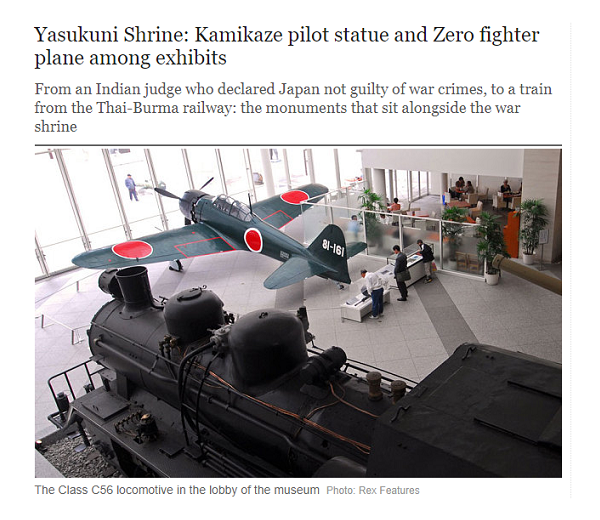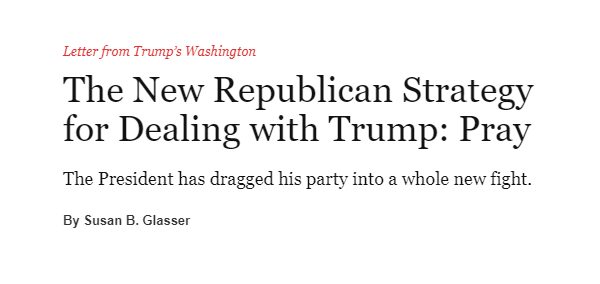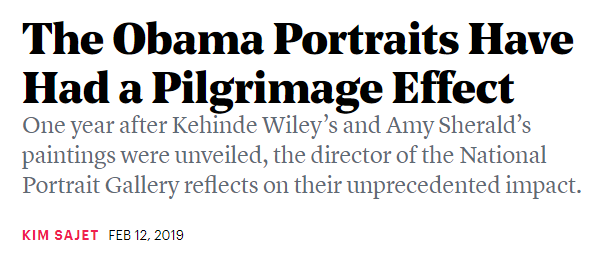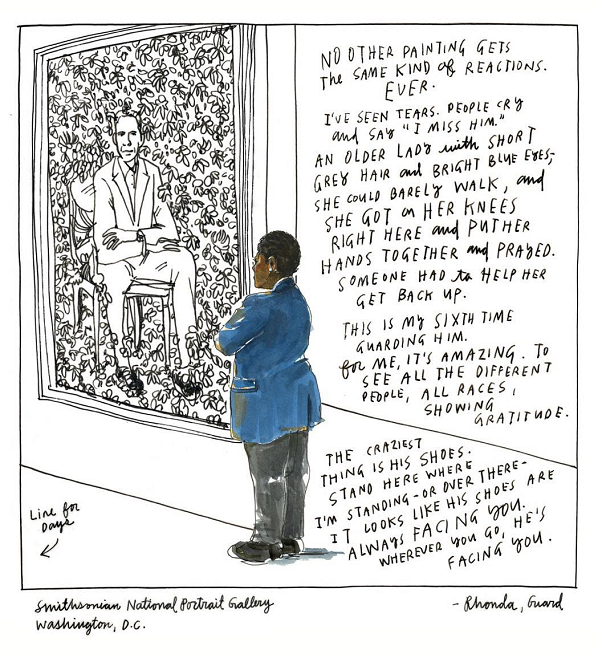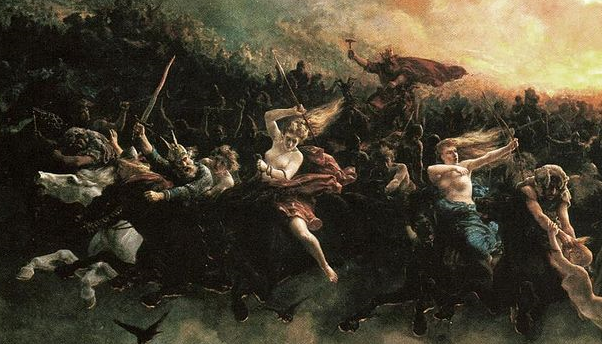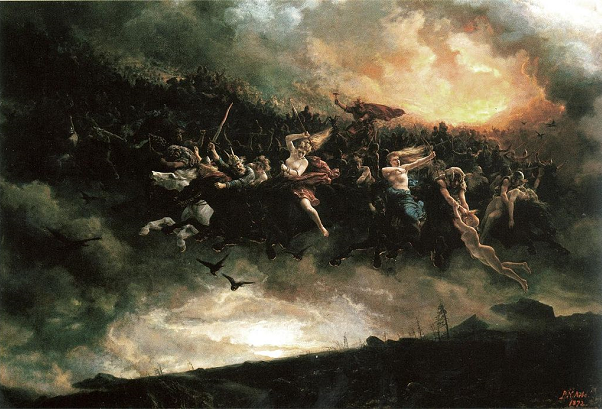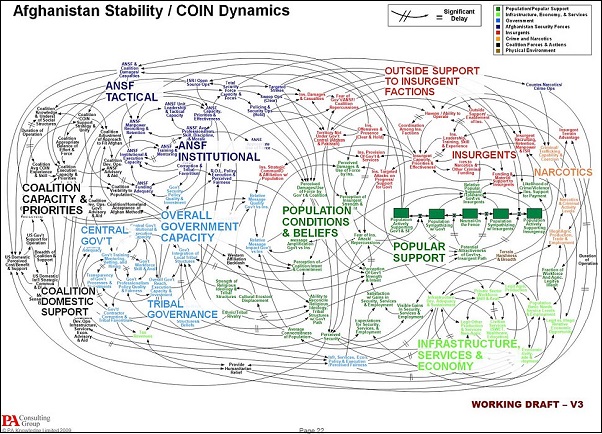On the literary transmission of terror: 2: cascading texts
Tuesday, August 6th, 2019[ by Charles Cameron — from 1500 pp via ~80 to 4, the amount of writing irate people can manage has been diminishing — next up, silence! ]
.
In 1999 — the year in which Ahmed Ressam on behalf of al-Qaida attempted to cross the northern border of the United States with a truck-load of explosives, hoping to detonate them at Los Angeles airport’s International terminal on the evening of the roll-over to a new millennium, but was mercifully stopped by a suspicious US Customs official and detained, currently serving 37 years in a Colorado supermax for his terrorist offence — another quasi-religious organization with terror on its mind published a manifesto.
**
The group was Wotan’s Volk, and their publication the “Exclusive Millennial Wotansvolk Edition” of Ragnar Redbeard‘s 1890 novel, Might Is Right, or The Survival of the Fittest.
A Social Darwinist manifesto? plea for eugenics? Racial purity? — or is the book a satire on all of the above?
It wasn’t satire when Wotan’svolk republished it, it was a manifesto for race war:
Look at that sword — the phrase 14 Words inscribed on its blade refers to a popular white supremacist slogan coined by a member of the 1980s terrorist group, The Order:
We must secure the existence of our people and a future for white children.
Redbeard‘s book, like William Pierce‘s 1978 novel, The Turner Diaries, is more political pamphlet than literature — except in the widest sense of that term covering all textual materials including invite posters announcing the times and locations of church bingo sessions. Peirce‘s book inspired Timothy McVeigh to commit the 1995 Oklahoma City bombing that killed 168 of us: published or posted words have the potential to infect thought, and the fever at times spills over into violence. And Redbeard‘s 1890s novel inspired the Gilroy Garlic Festival shooting, killing three plus the gunman just a week ago.
**
But fiction is not alone in infecting thought that spills into violence: non-fiction “manifestos” — now also known as “screeds” — serve the same purpose, though with muted imagination.
Anders Breivik‘s “manifesto” 2083 – A European Declaration of Independence runs to just over 1,500 pages, and draws on other sources, though many of them, like “Pamela Geller, Paul Belien, Diana West, the Baron [Bodissey] and Dymphna from the Gates of Vienna blog”, have disclaimed any association with Breivik, the use he made of their texts, or his actions, extremely, fatally ugly as they were.
‘
Breivik‘s sources, in fact, were many and various, as this para, one of thousands, illustrates:
Since the publication in 1970 of his book The Poverty of Critical Theory, Rohrmoser has promulgated, in constantly varying forms, the view that Marcuse, Adorno, and Horkheimer were the terrorists’ intellectual foster-parents, who were using Cultural Revolution to destroy the traditions of the Christian West. Academics such as Ernst Topitsch and Kurt Sontheimer, who saw themselves as educators and liberal democrats, followed in Rohrmoser’s footsteps. In 1972 Topitsch, a critical rationalist who was Professor of Philosophy in Graz, had stated that behind the slogans of “rational discussion” and “dialogue free of domination” there was being established at the universities “a distinct terrorism of political convictions such as never existed before, even under Nazi tyranny.”
**
And Breivik‘s work was itself a call to arms, inviting followers of his Oslo and Utøya “Knights Templar” killings to follow suit — albeit in a manner presented as fiction:
It [his “Manifesto”] also describes specifically how this hypothetical fictional group, “PCCTS, Knights Templar”, would choose to respond towards the so called ”enablers” or the so called “cultural Marxist/multiculturalist” elites that are allegedly allowing millions of Muslims to enter Europe. The book contains detailed strategies (guerrilla tactics, instructions to execute, political campaigns etc.) which normally would be partly incriminatory to anyone who published or distributed the book (had it not been fiction).
Indeed, Breivik himself later argued that “his main motive for the attacks was to publicize his manifesto” [Bloomberg, via Wikipedia].
Breivik claimed himself to be a “Justiciar Knight Commander for Knights Templar Europe and one of several leaders of the National and pan-European Patriotic Resistance Movement” and invited others to become “Knights Justiciar” thus:
The European military order and tribunal; Commilitones Christi Templique Solomonici – PCCTS is represented by self appointed European judges known as ”Justiciar Knights” or “Knight Judges” (Latin: justiciarius=man of justice, judge — Knight=Eques or Cavaliere in Old Italian, Chevalier in French, Ritter in German)”. Any self appointed Justiciar Knight has been given the authority, by PCCTS on behalf of;
1. The free indigenous peoples of Europe
2. Those Europeans not yet born
3. The legacy of our forefathers and fallen martyrs– to act as a judge, jury and executioner until the free, indigenous peoples of Europe are no longer threatened by cultural genocide, subject to cultural Marxist/Islamic tyranny or territorial or existential threats through Islamic demographic warfare. It is therefore within any- and every-ones right to act in accordance with the given guidelines.
and:
All free Europeans have a right and a duty to become “Justiciar Knights” for the order/tribunal
**
Breivik‘s call for more “Knights Justiciar” and more actions congruent with his killings in Oslo and Utøya, and in some cases the killings themselves, have infected other minds, albeit minds few and far between. JM Berger, author of Extremism and a friend of mine and this blog, describes the cascading waterfall effect:
The Newtown shooter Adam Lanza reportedly collected news clippings on Breivik’s attack and other incidents of mass violence before he killed 20 children at the Sandy Hook Elementary School. Other young men, such as the British college student Liam Lyburd, have been inspired to plan or carry out mass shootings based on their admiration for Breivik’s lethality, rather than his beliefs.
Then, JM tells us, the Coast Guard Lieutenant Christopher Hasson attempted to follow in Breivik’s footsteps:
planning a mass-casualty attack modeled in significant part on Breivik’s strategy, and bearing the marks of his belief system
**
Fast forward to this March, and the Christchurch, NZ mosque attacks. The shooter here, Brenton Tarrant, wrote at 87 pages a far shorter “manifesto” than Breivik‘s — The Great Replacement — albeit in it he linked his attack explicitly to Breivik‘s, writing that he “took true inspiration from Knight Justiciar Breivik” and claiming:
I have only had brief contact with Knight Justiciar Breivik, receiving a blessing for my mission after contacting his brother knights
Manifesto to manifesto, rant to rant, action to action, the infection cascades, spreads and, thankfully, dilutes.
**
A week ago, there was the Gilroy Garlic Festival shooting, and this weekend we have witnessed the shootings in El Paso, TX and Dayton, OH .
The Dayton shooter I dealt with in the previous post, contrasting his leftist online presence with the El Paso shooter‘s online presence from the right.
In the El Paso shooting, the motive seems clear. Crusius begins his 4-page screed thus:
In general, I support the Christchurch shooter and his manifesto.
There’s the cascade. His immediate follow up gives his motive:
This attack is a response to the Hispanic invasion of Texas. They are the instigators, not me. I am simply defending my country from cultural and ethnic replacement brought on by an invasion.
Further on he says, again referencing the Christchurch shooter’s rant:
Actually the Hispanic community was not my target before I read The Great Replacement.
He continues:
This manifesto will cover the political and economic reasons behind the attack, my gear, my expectations of what response this will generate and my personal motivations and thoughts.
And that’s pretty much what he delivers: lock, stock, you might say, and barrel.
But enough: all this delving into killers’ minds is disgusting.
**
Documentation:
The Unabomber, Industrial Society and Its Future” Ragnar Redbeard, Might Is Right, or The Survival of the Fittest Anders Breivik, 2083 – A European Declaration of Independence Brenton Tarrant, The Great Replacement Patrick Cursius, The Inconvenient Truth
Added:
Dylann Roof, manifesto



